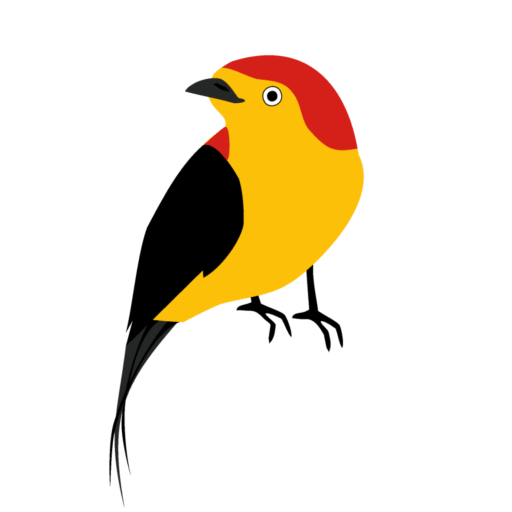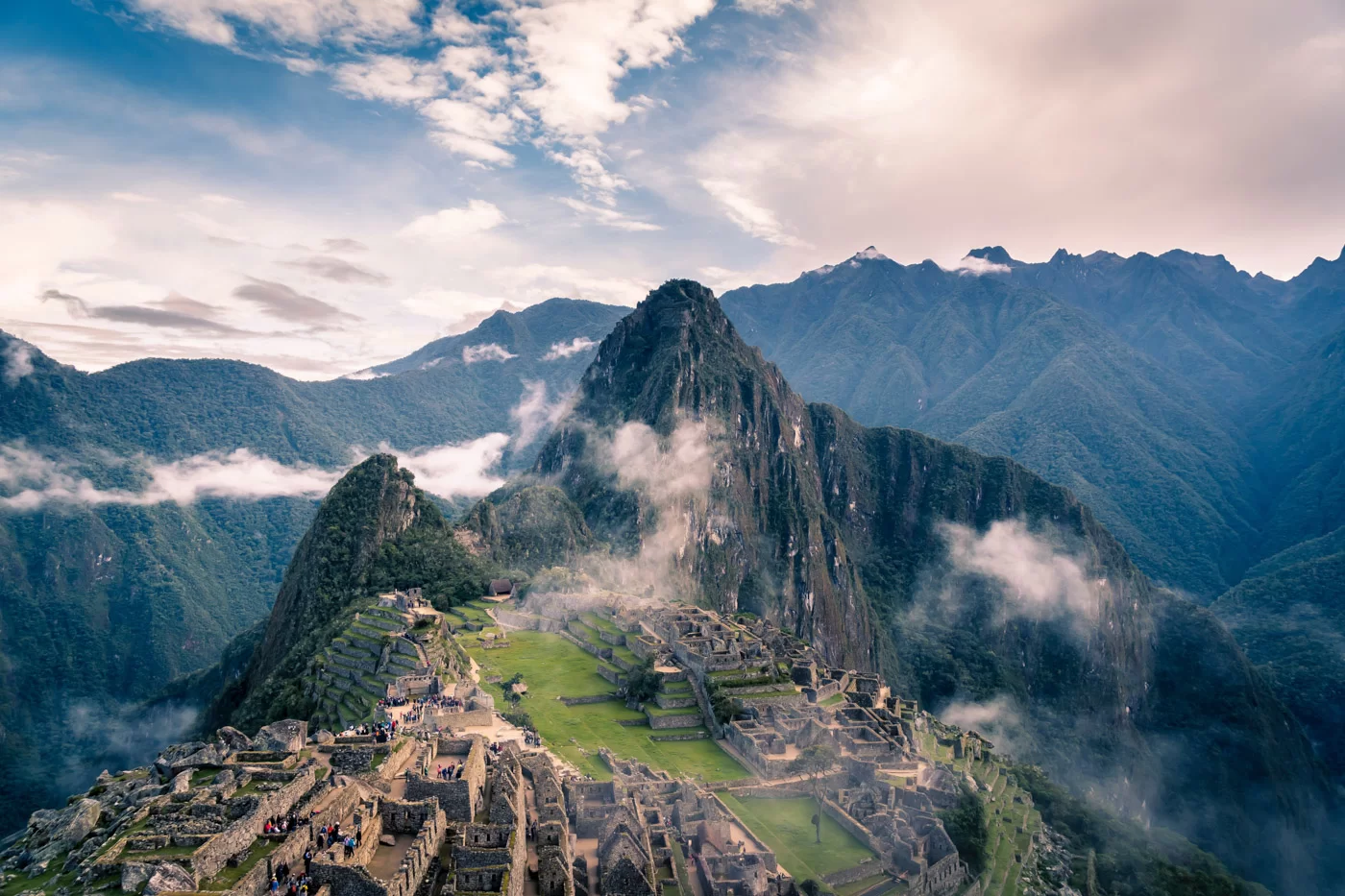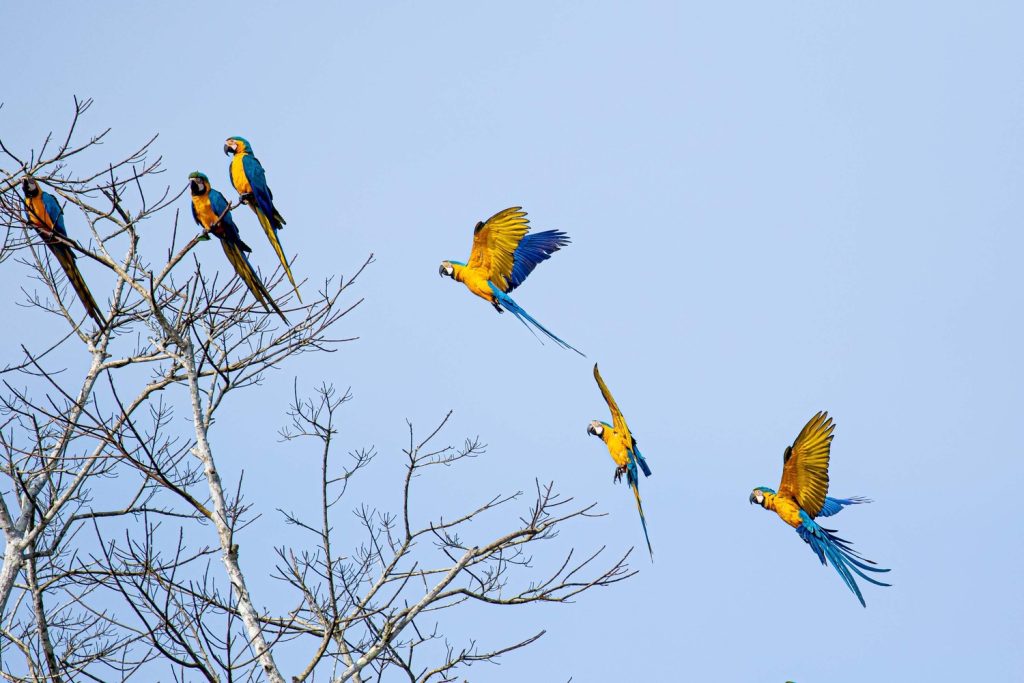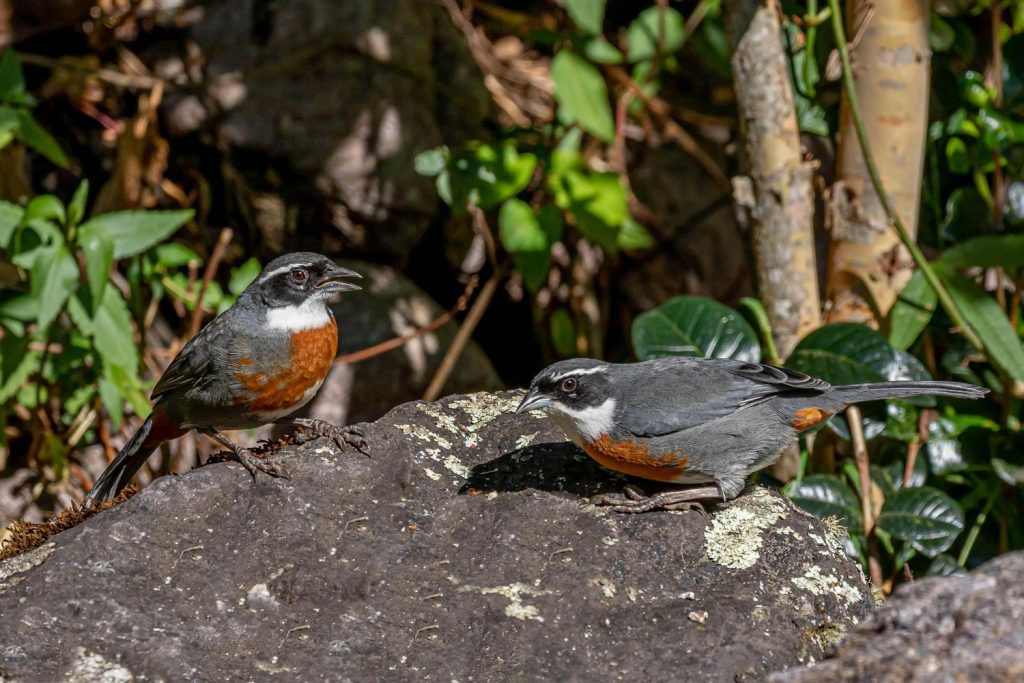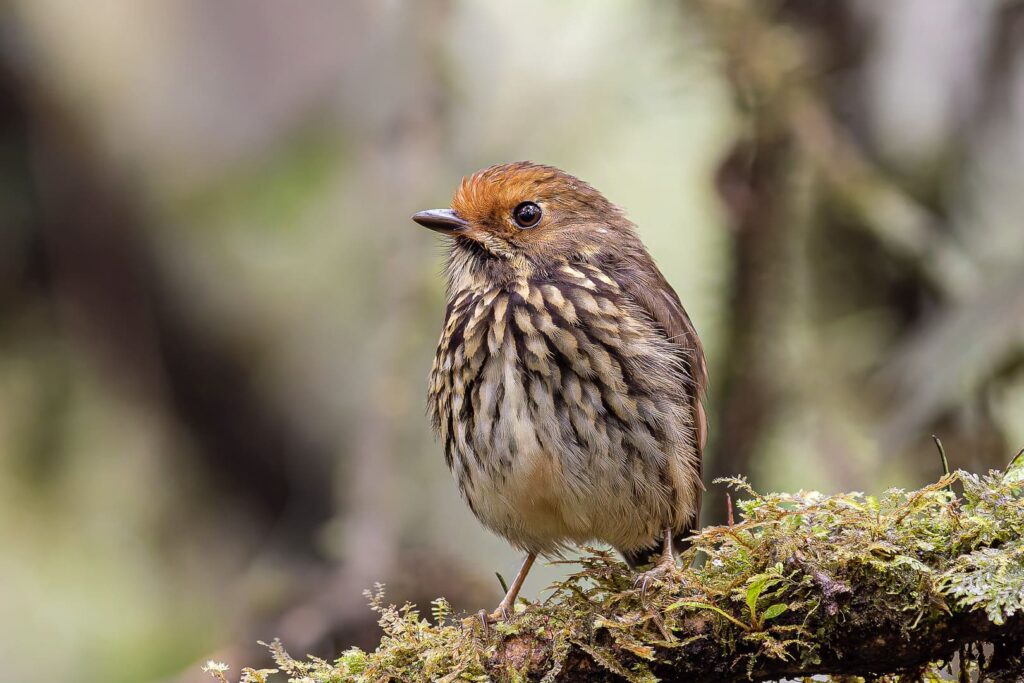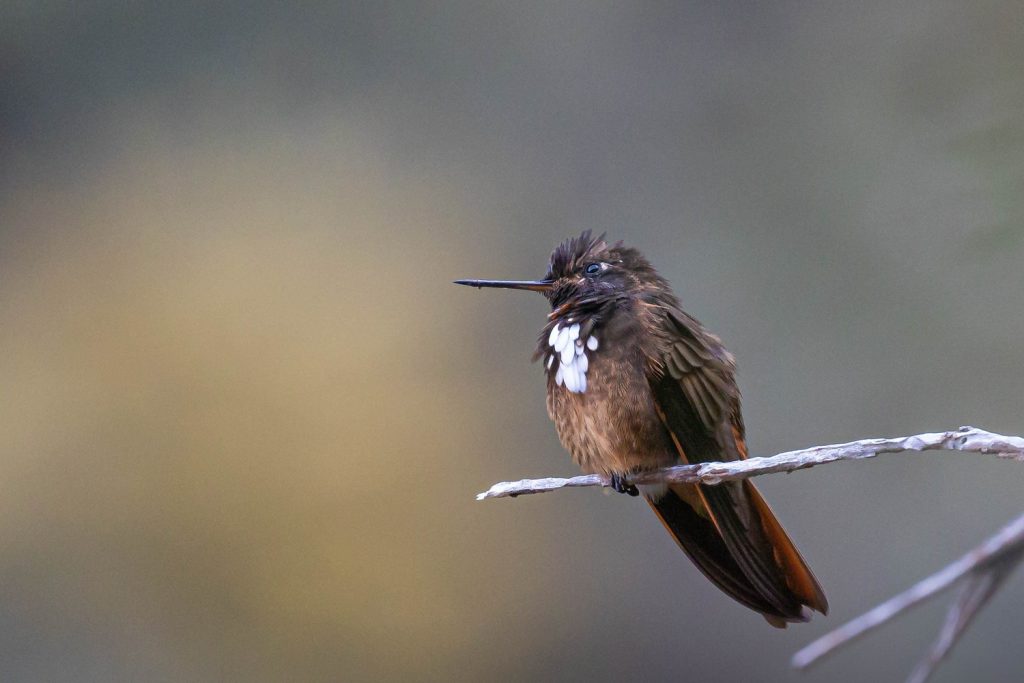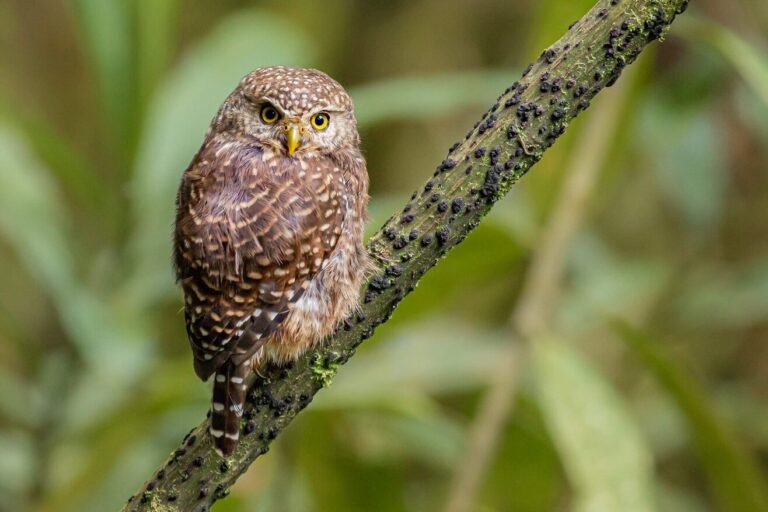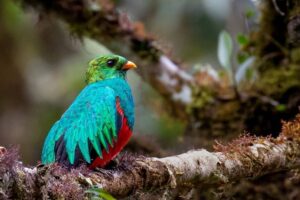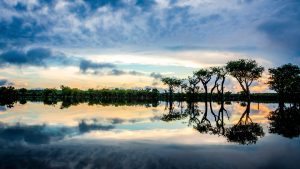The Ancient Roots of Birdwatching: A Journey Through History
History of Birdwatching.- Birdwatching, or ornithology, is often considered a modern hobby, with enthusiasts equipped with binoculars and field guides exploring the natural world to observe birds in their habitats. However, the fascination with birds dates back to ancient times, when our ancestors were keenly attuned to the avian world for reasons ranging from practical to spiritual. This article delves into the origins of birdwatching in prehistoric times and its significance in ancient civilizations such as the Greeks, Romans, Incas, and Mayas.
- Birds in Prehistoric Times:
- Spiritual and Symbolic Significance: Birds have always held a special place in human culture, symbolizing freedom, the soul, and the connection between heaven and earth. Prehistoric cave paintings, such as those in Lascaux, France, depict birds, indicating their importance in early human life.
- Practical Uses: Birds were also crucial for survival, providing food, feathers for insulation and decoration, and bones for tools. Early humans observed bird behavior to predict weather changes and seasonal shifts, which was essential for hunting and gathering.
- Birds in Ancient Greek Culture:
- Mythological Importance: In Greek mythology, birds were often messengers of the gods, with species like eagles and owls associated with Zeus and Athena, respectively. These associations reflect the Greeks’ keen observation of birds and their behavior.
- Ornithomancy: The Greeks practiced ornithomancy, a form of divination based on the observation of birds. The flight patterns, songs, and behavior of birds were interpreted as omens or messages from the gods, influencing decisions in everyday life and during wars.
- Birds in Ancient Roman Society:
- Augury: Similar to the Greeks, the Romans practiced augury, a type of divination involving the observation of birds. Augurs, or priests, interpreted the flight and behavior of birds to guide public and private decision-making.
- Cultural Significance: Birds were also featured in Roman literature and art, symbolizing various aspects of life and the divine. The Roman poet Ovid, in his work «Metamorphoses,» recounts numerous transformations of humans into birds, highlighting their symbolic importance.
- Birds in the Inca Civilization:
- Andean Cosmovision: In the Andean cosmovision, birds were considered messengers between the earthly realm and the upper world. The Incas revered certain birds like the condor, which symbolized power and divinity.
- Agricultural Calendar: The Incas observed the behavior of birds to determine the agricultural calendar. The appearance and migration patterns of certain birds were indicators of the changing seasons, which was crucial for crop planting and harvesting.
- Birds in Maya Culture:
- Religious Significance: Birds held a significant place in Maya religion and mythology. The Quetzal, with its vibrant plumage, was a sacred bird associated with the god Quetzalcoatl and symbolized freedom and wealth.
- Astronomical Connections: The Maya were advanced astronomers, and they linked the movements of celestial bodies with the behavior of birds. The appearance of certain birds was believed to coincide with astronomical events, which were important for their calendar and ritual practices.
The practice of birdwatching, in its various forms, has deep historical roots that extend back to prehistoric times and ancient civilizations. Whether for practical purposes, divination, or spiritual symbolism, birds have always captivated the human imagination. By exploring the history of birdwatching, we gain a deeper appreciation for the enduring bond between humans and the avian world, a connection that continues to inspire and fascinate birdwatchers today.
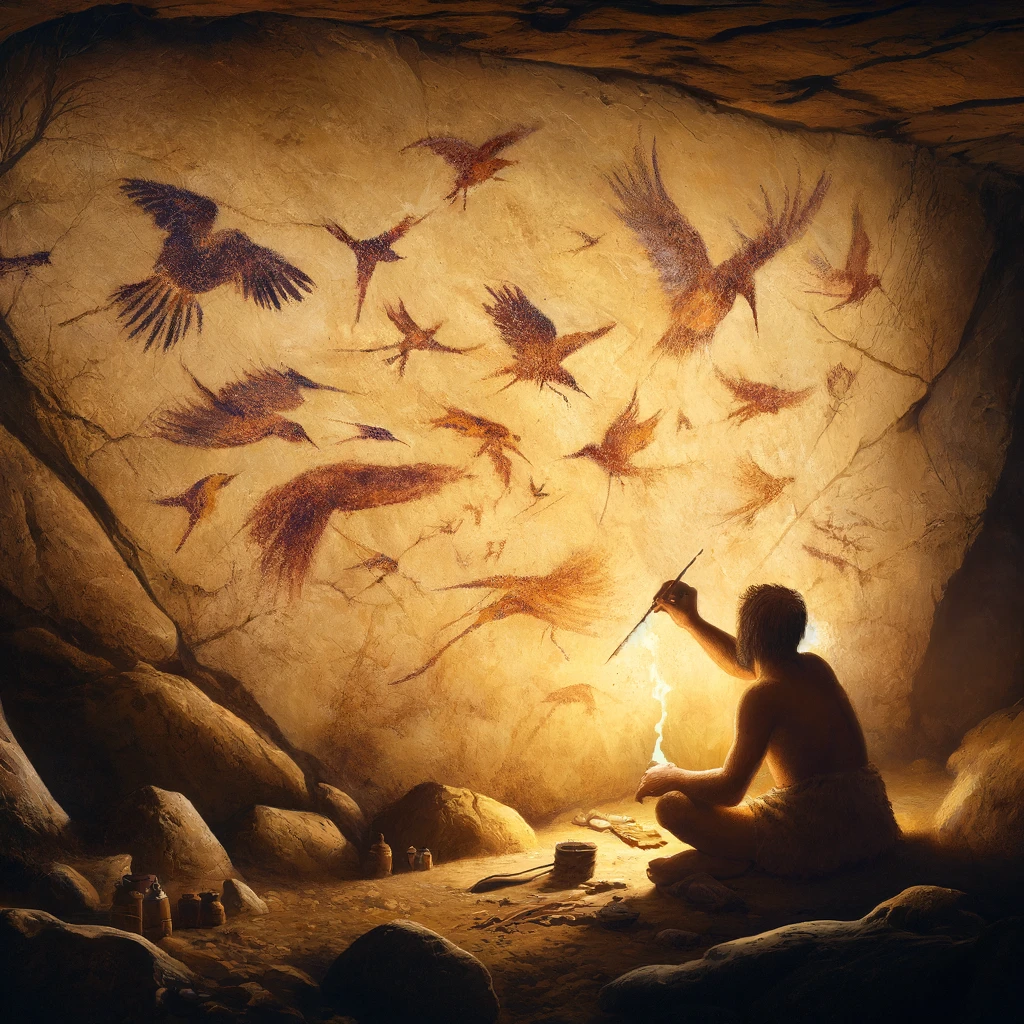
Art and Science in Renaissance: The Intersection of Beauty and Inquiry
The Renaissance: A New Dawn for Avian Depiction
The Renaissance period marked a significant shift in the portrayal of birds in art, moving from purely symbolic representations to more naturalistic and scientifically accurate depictions. This era, characterized by a resurgence in classical knowledge and a newfound emphasis on observation, provided an ideal backdrop for artists and scientists to explore the avian world in greater depth.
Leonardo da Vinci: A Pioneer in Avian Anatomy and Flight
Leonardo da Vinci, a polymath of the Renaissance, was deeply fascinated by birds and their ability to fly. His meticulous studies of bird anatomy, particularly his sketches of wings and flight mechanisms, were groundbreaking. Da Vinci’s observations laid the foundation for his later designs of flying machines, which were inspired by the structure and function of bird wings. His work in this area exemplified the Renaissance spirit of merging art with scientific inquiry. See more here.
Conrad Gessner: The Father of Ornithology
Conrad Gessner, a Swiss naturalist, made significant contributions to the field of ornithology with his detailed descriptions of birds in his seminal work, Historiae animalium. Published in the 16th century, this encyclopedia was one of the first to provide systematic descriptions of birds, including their anatomy, behavior, and habitats. Gessner’s work was instrumental in elevating the study of birds from mere curiosity to a serious scientific discipline. See more here.
Birds as Symbols of Virtue and Vanity in Renaissance Art
In Renaissance art, birds continued to hold symbolic significance, representing various virtues and vices. For example, the peacock was often depicted as a symbol of vanity and pride, while the dove represented peace and the Holy Spirit. Artists like Albrecht Dürer and Jan van Eyck incorporated birds into their paintings not only for their symbolic meanings but also to showcase their ability to render nature with astonishing accuracy.
Impacts of the Renaissance on Avian Art and Science
The Renaissance period was a turning point in the history of birdwatching and ornithology. The era’s emphasis on observation, combined with advances in art and science, led to a more nuanced understanding of birds. This period laid the groundwork for future studies in avian biology and the continued appreciation of birds in art and culture.
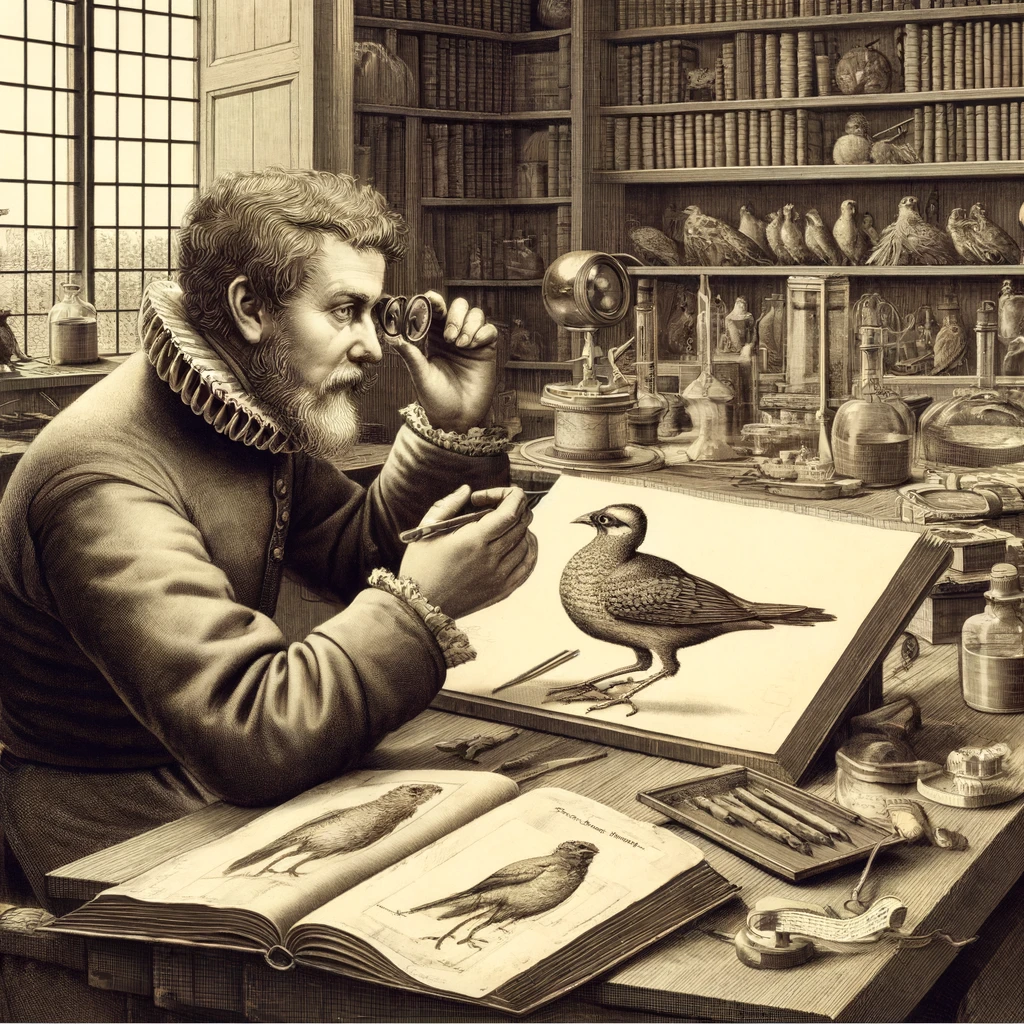
The Birth of Ornithology: From Casual Observation to Scientific Discipline
Formalization of Ornithology in the 18th and 19th Centuries
18th and 19th centuries marked a pivotal era in the history of birdwatching, witnessing the transformation of ornithology from a casual pastime to a formal scientific discipline. This period saw the emergence of key figures and developments that laid the groundwork for modern ornithological studies.
Mark Catesby: A Pioneer in American Ornithology
One of the early contributors to ornithology was Mark Catesby, an English naturalist who explored the flora and fauna of the American colonies. His seminal work, «The Natural History of Carolina, Florida, and the Bahama Islands,» published in the early 18th century, was one of the first major works to document and illustrate the bird life of North America. Catesby’s detailed drawings and observations were invaluable to the understanding of New World birds.
Carl Linnaeus: The Father of Modern Taxonomy
Carl Linnaeus, a Swedish botanist and zoologist, revolutionized the way organisms were classified with his system of binomial nomenclature. His work, «Systema Naturae,» published in the mid-18th century, provided a standardized method for naming and categorizing species, including birds. Linnaeus’s classification system laid the foundation for the scientific study of birds and biodiversity as a whole.
The Rise of Field Guides and Birdwatching Clubs
The 19th century saw the advent of field guides, which made the study of birds more accessible to amateurs and enthusiasts. These guides, often illustrated with detailed drawings or paintings, provided information on bird identification, behavior, and habitats. The popularity of birdwatching in history grew, leading to the formation of birdwatching clubs and societies. These organizations played a crucial role in promoting the conservation of birds and their habitats.
John James Audubon: Bridging Art and Science
John James Audubon, a naturalist and artist, made an indelible mark on ornithology with his masterpiece, «The Birds of America.» Published in the early 19th century, this work featured life-sized, hand-painted illustrations of American birds in their natural habitats. Audubon’s attention to detail and artistic skill not only made his work a significant contribution to art but also advanced the scientific study of birds. His legacy continues to inspire bird enthusiasts and conservationists.
Other Notable Contributors to Ornithology
- Alexander Wilson: Often referred to as the «Father of American Ornithology,» Wilson’s work, «American Ornithology,» predated Audubon’s and provided early descriptions and illustrations of North American birds.
- Thomas Bewick: An English engraver and naturalist, Bewick’s «A History of British Birds» was notable for its woodcut illustrations and comprehensive coverage of British avifauna.
- John Gould: An English ornithologist and artist, Gould’s beautifully illustrated works, such as «The Birds of Australia,» contributed significantly to the knowledge of bird species from various regions of the world.
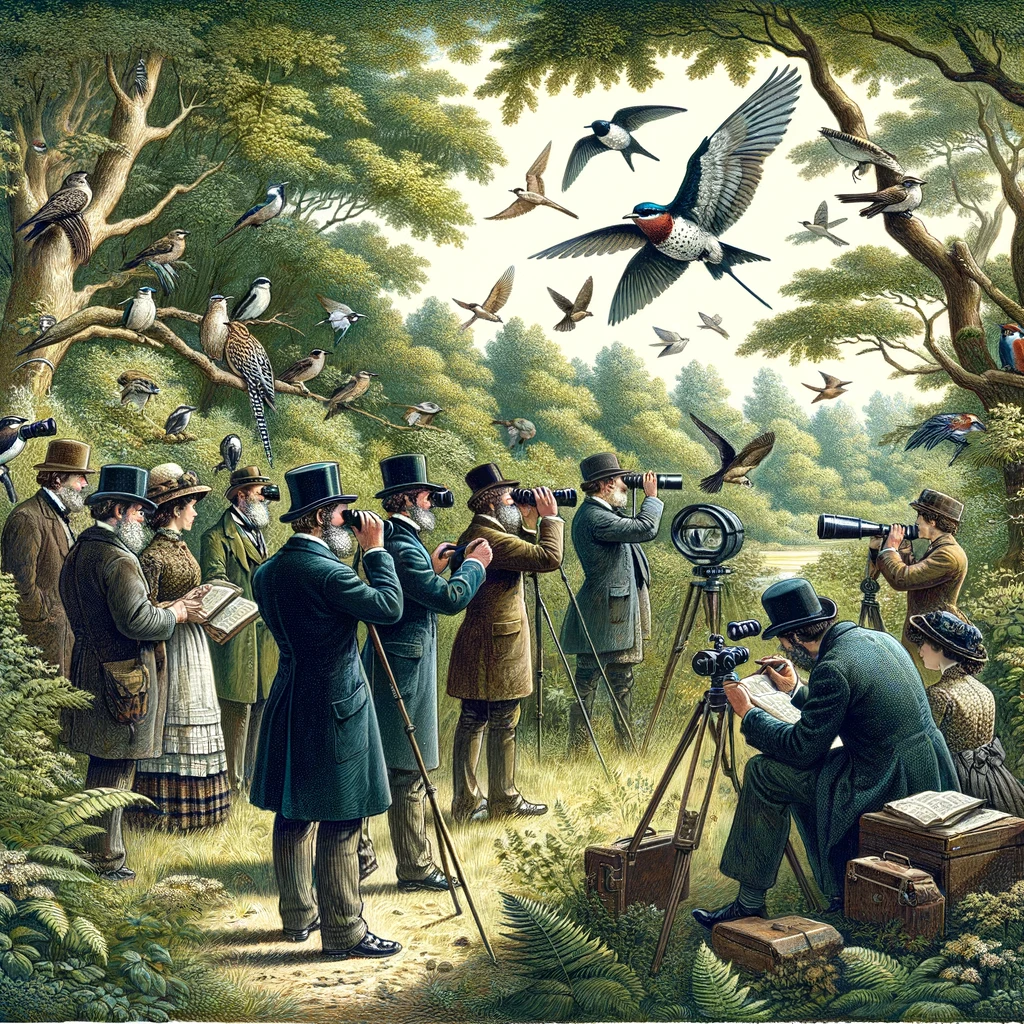
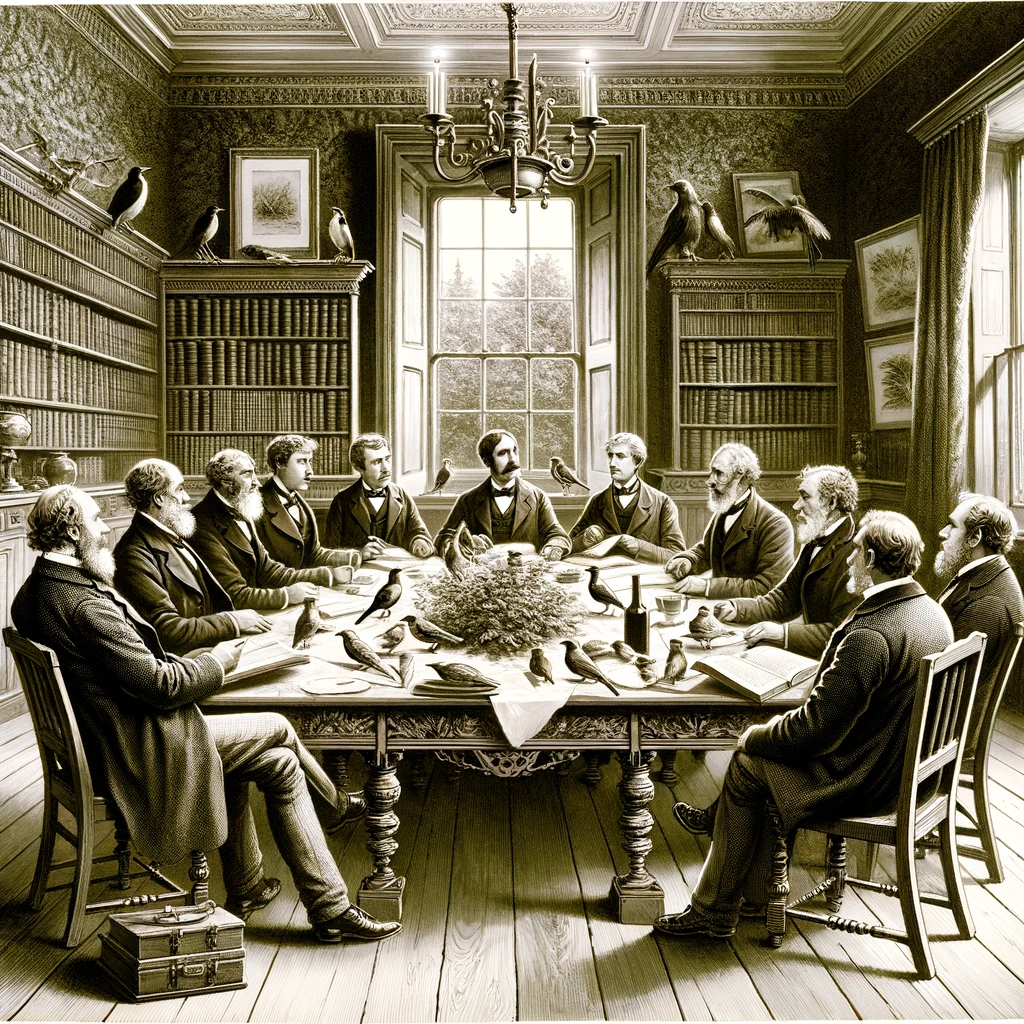
The 20th Century: The Rise of Conservation and Citizen Science
A New Era of Environmental Awareness
The 20th century marked a significant shift in the field of ornithology, with a growing awareness of the threats facing bird populations worldwide. Habitat destruction, pollution, and hunting pressures had begun to take a toll on many species, leading to a newfound emphasis on conservation. This period saw the implementation of protective legislation and the establishment of wildlife reserves and national parks to safeguard avian habitats.
The Emergence of Birding as a Popular Hobby
Alongside conservation efforts, the history of birdwatching continued to gain popularity as a hobby, evolving into what is commonly known as «birding.» The development of more affordable and portable optical equipment, such as binoculars and spotting scopes, made birding more accessible to the general public. Birding clubs and societies proliferated, and birding festivals and «big days» (competitions to identify as many species as possible within 24 hours) became popular events.
Citizen Science: The Role of Amateur Birdwatchers
One of the most significant developments in ornithology during the 20th century was the rise of citizen science. Amateur birdwatchers began to contribute valuable data to scientific studies, monitoring bird populations and informing conservation strategies. Initiatives like the Christmas Bird Count, started by the Audubon Society in 1900, and the British Trust for Ornithology’s Breeding Bird Survey became crucial tools for tracking long-term trends in bird populations.
Key Figures and Studies in 20th-Century Ornithology
- Rachel Carson: Her landmark book, «Silent Spring,» published in 1962, highlighted the dangers of pesticide use, particularly DDT, on bird populations. Carson’s work was instrumental in the environmental movement and led to significant changes in pesticide regulations.
- Roger Tory Peterson: Renowned for his field guides, Peterson’s books, starting with «A Field Guide to the Birds» in 1934, revolutionized bird identification and popularized birdwatching for the masses.
- David Attenborough: Though not exclusively an ornithologist, Attenborough’s wildlife documentaries, including «The Life of Birds,» brought the beauty and diversity of birds to a global audience, raising awareness about conservation issues.
- Peter Scott: A British ornithologist, conservationist, and artist, Scott co-founded the World Wildlife Fund (WWF) and was instrumental in establishing the Wildfowl & Wetlands Trust, focusing on the conservation of waterbirds.

Birdwatching Today: Technology and Global Connectivity
The Digital Revolution in Birdwatching
In the 21st century, birdwatching has undergone a digital revolution, with technology playing a central role in enhancing the experience for birders. Digital photography, GPS, and mobile applications have transformed the way birders observe, record, and share their sightings. These technological advancements have made birdwatching more accessible and interactive, connecting birders from all corners of the globe.
Digital Photography and Bird Identification
Digital cameras and smartphones have become essential tools for modern birders. High-quality images can be captured and shared instantly, making it easier to identify species and document rare sightings. Photography has also become a vital tool for citizen science, as birders contribute their photos to online databases and social media platforms, aiding in research and conservation efforts.
GPS and Mapping Technologies
GPS technology has revolutionized the way birders navigate and explore different habitats. Handheld GPS devices and smartphone apps allow birders to pinpoint their exact location, track their routes, and mark the spots where they have observed specific species. This precise data collection is invaluable for scientific studies and conservation planning.
Mobile Applications and Citizen Science
Mobile apps have become indispensable for birders, offering a range of features from field guides to bird call libraries. One of the most significant contributions to birdwatching has been the development of eBird, a citizen science project launched by the Cornell Lab of Ornithology. eBird allows birders to record and submit their observations in real-time, creating a global database of bird sightings. This platform has transformed the way birders record and share their sightings, fostering a sense of community and collaboration.
Important Figures and Contributions
- The Cornell Lab of Ornithology: A leader in the field of ornithology, the Cornell Lab has been at the forefront of integrating technology with birdwatching through initiatives like eBird and the Merlin Bird ID app.
- Kenn Kaufman: An influential figure in the birding community, Kaufman has authored several field guides and has been a vocal advocate for the use of technology in birdwatching.
- David Sibley: Renowned for his detailed bird illustrations, Sibley has embraced technology by developing the Sibley Birds app, which combines his artwork with digital tools for bird identification.
Birdwatching today is a testament to how technology and global connectivity can enhance our understanding and appreciation of the natural world. The digital age has opened up new possibilities for birders, making it easier than ever to explore, learn, and contribute to the conservation of avian species. As technology continues to evolve, the future of birdwatching looks promising, with endless opportunities for discovery and connection.
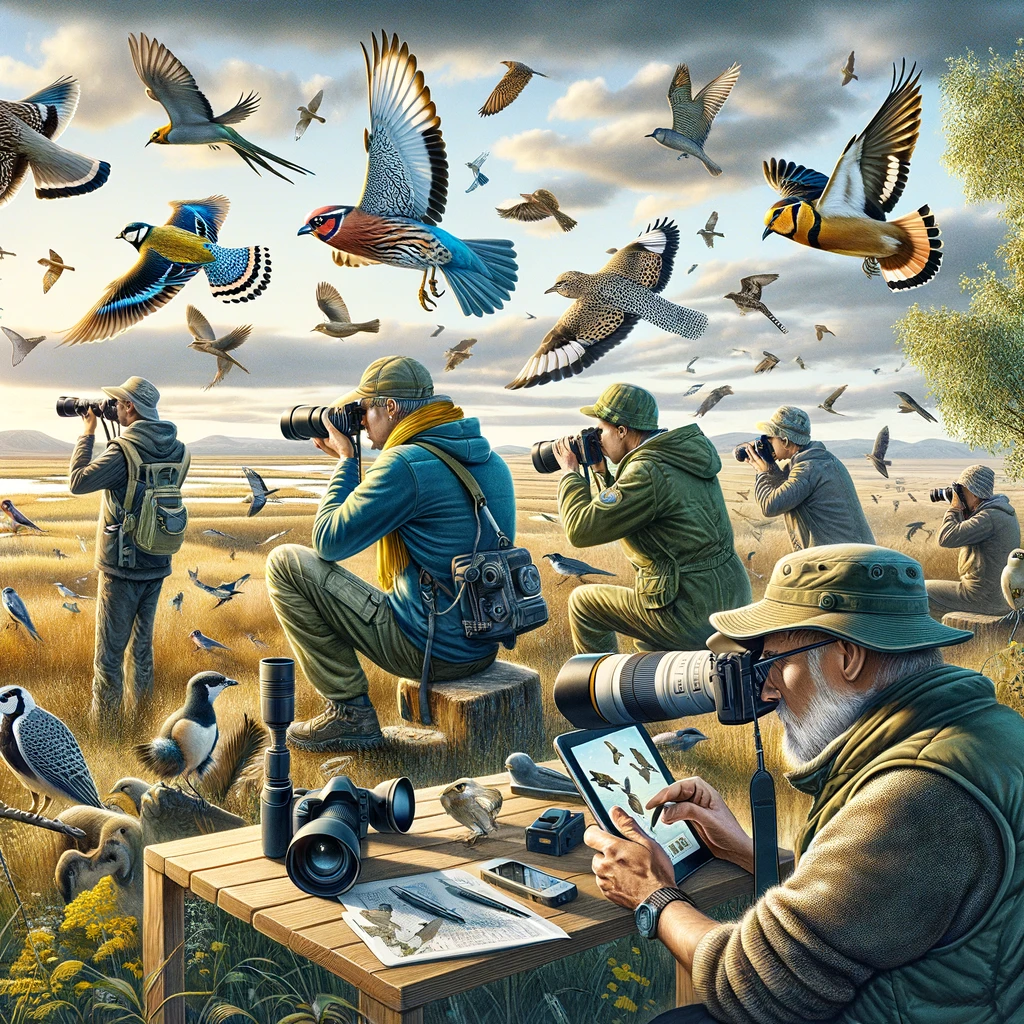
Written by Danny Vargas by Manakin Expeditions

